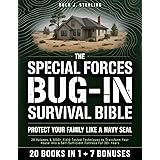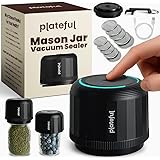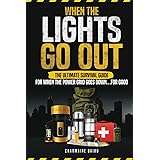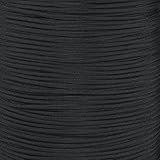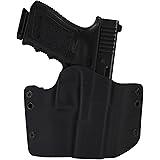Navigating the world of emergency preparedness can be daunting, especially when it comes to vital medical knowledge. Many aspiring preppers and self-reliant individuals face a common dilemma: which resources are truly essential, and how can they absorb crucial information without feeling overwhelmed? The video above offers valuable insights into selecting a foundational text, specifically comparing two popular survival medicine guides. This article expands on those points, helping you make an informed decision for your emergency medical library.
Choosing Your Essential Survival Medicine Handbook: A Guide to Preparedness Resources
For anyone serious about self-reliance, a reliable **survival medicine handbook** is not merely a suggestion; it’s a necessity. It’s the difference between feeling helpless in a crisis and having the knowledge to act. However, the sheer volume of information available can be intimidating, leading many to put off starting their preparedness journey. The key is to find a resource that suits your learning style and commitment level, ensuring that the knowledge actually gets absorbed.
The core challenge isn’t just acquiring books, but *reading* and *understanding* them. A book left on a shelf, no matter how comprehensive, offers no help in an emergency. Therefore, the choice between a more approachable, condensed guide and a robust, encyclopedic volume often comes down to personal habits and dedication to learning.
The Foundational Choice: Which Medical Guide Suits You?
When considering resources like Dr. Bones and Nurse Amy’s “The Ultimate Survival Medicine Guide” and “The Survival Medicine Handbook,” it’s crucial to understand their relationship. As highlighted in the video, the content of the smaller guide is entirely encompassed within the larger handbook. This means if you own the extensive handbook, you already possess all the information from the initial guide.
But does bigger always mean better? Not necessarily for everyone. Imagine if you’re just starting your journey into **wilderness medicine** or off-grid healthcare. Picking up a massive textbook might feel like staring at a mountain you’ll never climb. In such a scenario, a more compact and less daunting book, though less comprehensive, might be the more effective starting point because it encourages actual engagement.
Understanding Content Depth: Informative vs. Step-by-Step
A critical distinction made in the video is that these books are designed to be informative rather than simple, step-by-step instruction manuals. This is a vital concept for anyone building their **emergency first aid** skills. Unlike a recipe that gives precise measurements, medical situations are often fluid and unpredictable.
For instance, a section on dental decay won’t just say, “Step 1: Do X, Step 2: Do Y.” Instead, it will delve into the causes of the condition, potential aggravating factors, various treatment options depending on available resources, and what constitutes a best-case versus worst-case scenario. This approach requires the reader to understand the underlying principles of a medical issue, not just memorize a series of actions. To truly grasp the implications and possible solutions, one must read the entirety of a chapter, connecting different pieces of information.
This method of learning fosters a deeper, more adaptable understanding of **prepper medicine**. It encourages critical thinking and improvisation, essential skills when conventional medical care is unavailable. It moves beyond rote memorization to a conceptual mastery, allowing for practical application in diverse, real-world scenarios.
The Impact of Size on Learning and Retention
The speaker in the video makes a compelling point about the size of the book affecting one’s willingness to read it. The “Survival Medicine Handbook” is described as being twice the size of its smaller counterpart. While this expanded volume means “much more situations, examples, [and] things to look out for,” it also presents a psychological barrier for some readers.
Consider the learning curve: a smaller book feels achievable. You might start reading and, upon reaching the halfway mark, feel motivated to finish because the end is in sight. This sense of accomplishment can build confidence. Conversely, tackling a book twice that size can lead to burnout, with many readers giving up before completing even half the content. If you’re passionate about **self-reliance** and plan to dive deep, the larger book is your ultimate destination. However, if you struggle with dense texts or are new to **off-grid health**, starting with a more manageable volume can be a more effective path to acquiring fundamental knowledge.
Ultimately, the best book is the one you will actually read. For many, a phased approach can be highly beneficial: start with the smaller, more digestible guide to build a solid foundation, then transition to the larger handbook for advanced **survival skills** and deeper knowledge. This method allows you to gain essential insights without the initial intimidation factor.
Leveraging LSI Keywords for Comprehensive Preparedness
Beyond the specific titles, when you’re seeking to bolster your knowledge in **emergency preparedness**, incorporating related terms can help you discover a wider array of valuable resources. Latent Semantic Indexing (LSI) keywords like ’emergency medical training,’ ‘wilderness first aid,’ ‘disaster medicine,’ and ‘long-term care without doctors’ are all integral to a holistic approach to survival health. These terms represent different facets of the same overarching goal: ensuring well-being when conventional systems fail. A good **survival medicine handbook** will touch on many of these critical areas, providing a comprehensive foundation for your journey toward self-sufficiency.


